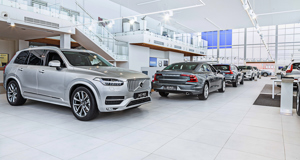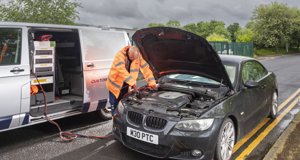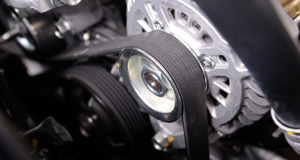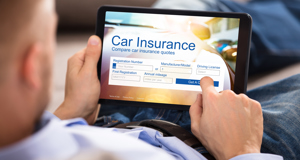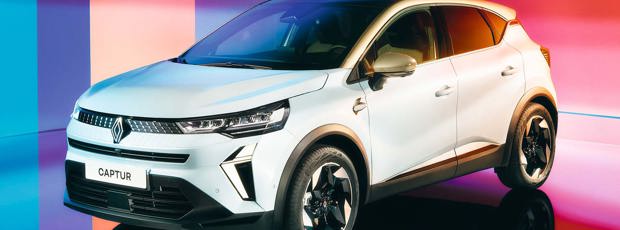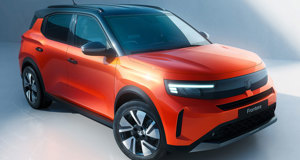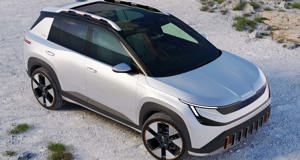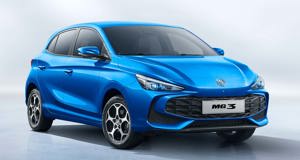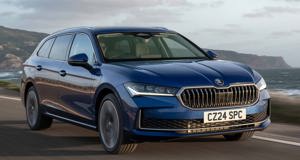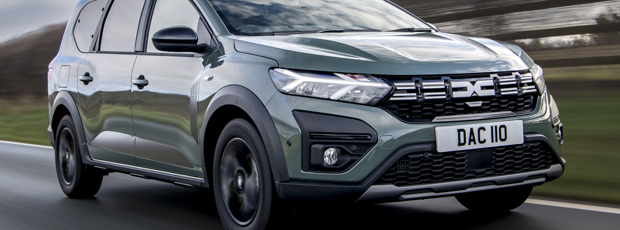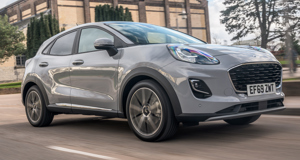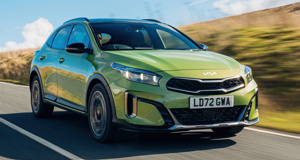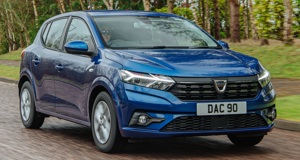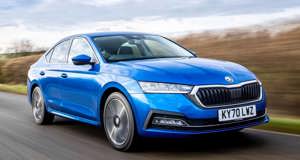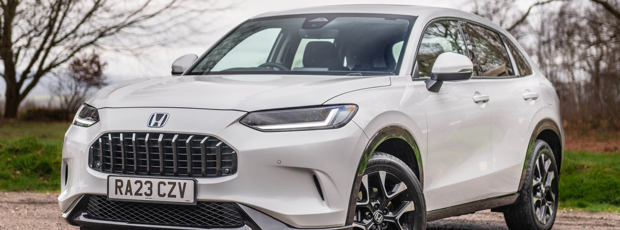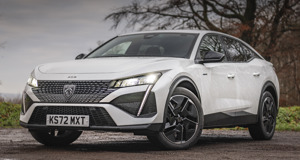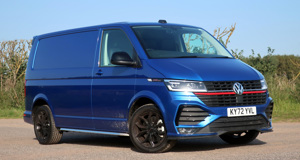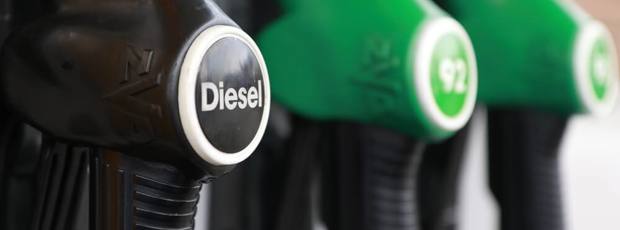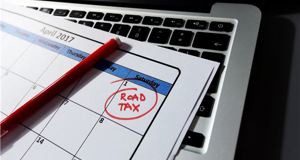Find a Car
Latest Reviews
Reviews, road tests and more
Free Car Valuation
Discover just how much your car is worth, without any of the fuss
Ask Honest John More questions
My insurer would not insure my son to learn to drive in my car - do I need to state that he was declined insurance?

Answered By Louise Thomas
See Full QuestionShould I consider a high mileage used Toyota?

Answered By David Ross
See Full QuestionI'm a tall driver and need a car with space for rear facing baby seat - what would you recommend?

Answered By David Ross
See Full QuestionCan I still buy a range extender EV?

Answered By David Ross
See Full QuestionLatest News More news
Electric car advice
New Car Deals Find more deals
Helpful advice Find more advice
New cars coming in 2024...and beyond All new cars 2024
Best cars to buy in 2024 Explore all buying guides
Long-term tests All long-term tests
Running costs
HonestJohn.co.uk was founded in 2000 and we’re known for our no-nonsense approach to car buying and owning advice. We offer detailed reviews of new and used cars along with Real MPG, which gives owners a real world view on fuel consumption. We’re most famous for our Ask HJ function. HonestJohn.co.uk is part of the heycar and buyacar family of websites and is maintained as an independent brand to help bring greater trust and transparency to the car industry.
First you should always check if the preferred game selection is available. Novoline and Merkur Slots are no longer represented for Australian players in online casinos, but there are now good alternatives, like real cash roulette to play for money. If you are looking for such classic gambling slots, you should also look at the following manufacturers: EBT, Microgaming, WAZDAN
Most Popular Reviews on Honest John
Popular Makes
Popular Models
- BMW 1 Series
- BMW 3 Series
- BMW X5
- Mercedes-Benz GLA
- Mercedes-Benz AMG
- Mercedes-Benz A-Class
- Mercedes-Benz C-Class
- Mercedes-Benz GL-Class
- Audi A1
- Audi A3
- Audi A4
- Audi Q3
- Audi TT
- Volkswagen Golf
- Volkswagen Polo
- Volkswagen Tiguan
- Volkswagen T-Roc
- Ford Fiesta
- Ford Focus
- Ford Kuga
- Ford Mondeo
- Vauxhall Corsa
- Vauxhall Astra
- Nissan Qashqai
- Nissan Juke
- Nissan Micra
- Toyota Yaris

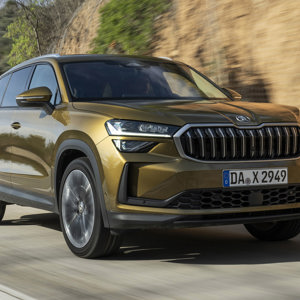
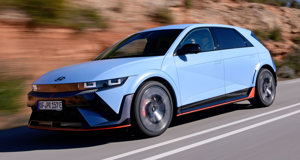
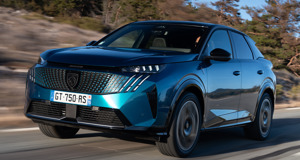
 Ford
Ford
 BMW
BMW
 Volkswagen
Volkswagen
 Honda
Honda
 Toyota
Toyota
 Audi
Audi
 Vauxhall
Vauxhall
 Nissan
Nissan
 Peugeot
Peugeot
 Skoda
Skoda
 Hyundai
Hyundai
 Kia
Kia
.jpg?width=620&height=230&rmode=crop)
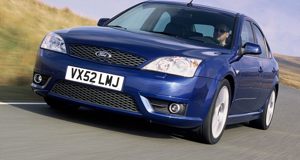
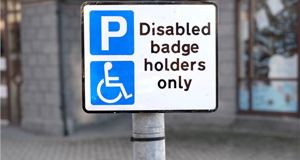

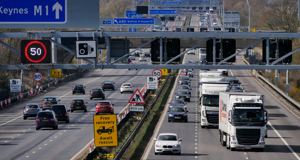
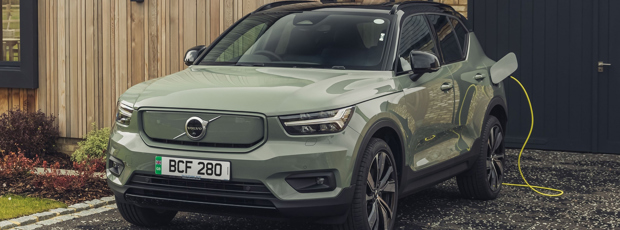
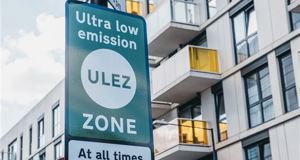
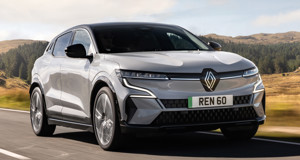
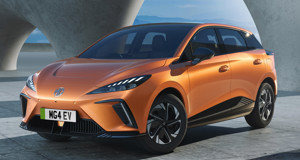
.jpg?width=300&height=160&rmode=crop)




